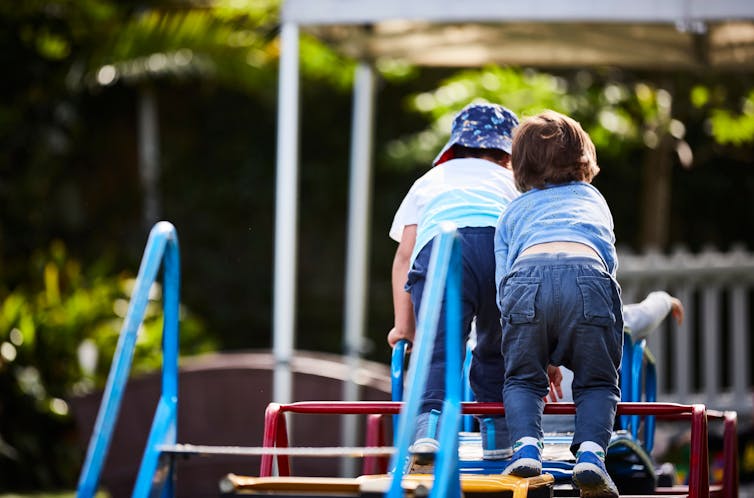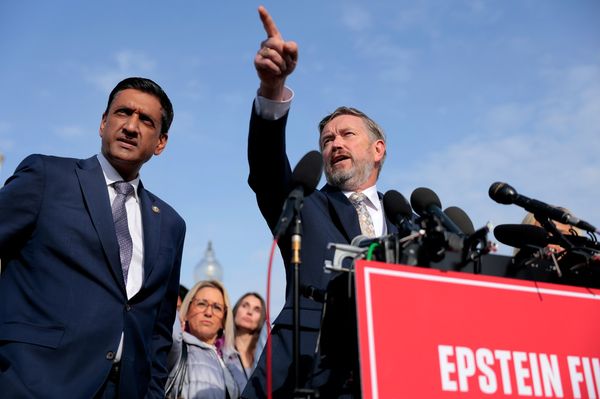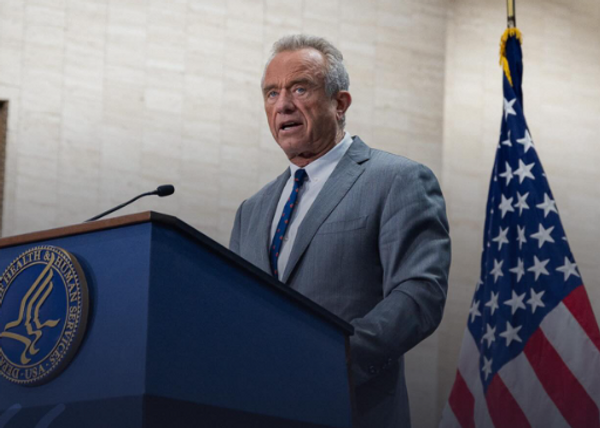Recent cases of prolific alleged child sexual abuse in Melbourne and other Australian early childhood education and care settings have shocked even experienced people who work to prevent child sexual abuse. Parents are right to be outraged, scared and uncertain.
The most pressing issue, then, is what we do about it.
Regulation and practice is still falling short, despite all our knowledge and prior recommendations. We have the benefit of the gold-standard Royal Commission Into Institutional Responses to Child Sexual Abuse (including Volume 6 on making institutions child-safe). We can also draw on rigorous scientific work about how best to prevent child sexual abuse in child and youth-serving organisations.
Criminal history checks are essential, but many offenders will not have a criminal record. These checks are only one part of an entire safety system. Other measures are arguably even more important.
The federal government, together with states and territories, recently announced new measures. However, these are acknowledged as only a first step.
Children have a right to be safe from sexual violence. Continued failure is unacceptable. National Children’s Commissioner Anne Hollonds’ demand for a national inquiry, which can fully understand current limitations in the system and create a comprehensive blueprint for reform, is compelling.
The established evidence has already identified some of these pillars of reform. Here are ten key actions for policy-makers to create key components of safe early childhood education and care settings.
1. Policy. Every organisation needs to operate under a comprehensive policy about child safety. This should include specific guidelines for the prevention of sexual abuse. The policy should also include clear definitions and objectives, and be driven by a zero-tolerance approach.
2. Safe screening and hiring. Every organisation needs to recruit staff through rigorous processes, including criminal history checks (supported by information-sharing within and between jurisdictions). But this is only a starting point. Staff are educators and carers, not babysitters; they should be properly qualified and appropriately remunerated.
Should men be banned from employment in these settings? Employment discrimination based on gender is likely a step too far, but considerations of risk are important and children’s best interests are paramount. Nearly all sexual abuse of young children is by men, and stringent measures could be employed when recruiting men to child-related positions.
3. Code of conduct. A detailed code of conduct is essential. This is the operating manual for the organisation and its staff, and should be made available to parents. A robust code will specify what conduct is prohibited, and what is required. It will have special rules for high-risk situations – for example, bathrooms, changing clothes, physical interaction, and technology use.
4. Supervision and monitoring. A safe organisation must have appropriate measures for the implementation of the safety framework. It must also monitor the framework and its components. For example, there must be: appropriate staff supervision, recording of the approach to safety and its implementation, external auditing and oversight. Parents should be involved in oversight.

5. Environmental risk reduction. Often called “situational crime prevention”, these are actions to create safe environments. It can include measures to prohibit secluded spaces, and improve lines of sight and visibility. This can also include ensuring appropriate ratios of staff to children.
6. Reporting of suspected cases. Across Australia, there are now clear legal requirements for practitioners in these settings to report suspected cases of child sexual abuse. Every organisation needs to ensure its staff knows about these duties, and how to comply with them. Every organisation then needs to deal appropriately with any report that is made.
7. Education and training. Child sexual abuse is a complex field. Staff and leaders need high-quality education and training about child sexual abuse (including its nature, indicators and outcomes), organisational policy, reporting processes, legal and ethical obligations, and the protections they have as employees.
Good education increases knowledge, attitudes and appropriate reporting, and overcomes ignorance, apathy, fear and inaction. This education needs to be multidisciplinary, high-standard, and itself the subject of oversight and monitoring. It is not clear we have high-quality education of practitioners in Australia, both when obtaining qualifications and especially in service.
8. Leadership. We need knowledgeable and ethical leadership in child- and youth-serving organisations, and by regulators and policy-makers alike.
Knowledge about child sexual abuse, and empathy towards children and young people, are preconditions for effective and ethical responses. Organisational leaders set the tone for the broader organisation. If leaders are seen to be knowledgeable, ethical and authentically committed to child safety, it is far more likely staff will be inspired to emulate these qualities.
9. Oversight, enforcement and improvement. The entire system needs to be overseen by an effective regulatory framework and an efficient national regulator.
We need to create comprehensive and stringent regulatory requirements for provider accreditation. Providers that do not meet these standards should be compelled to meet them, or lose funding and eligibility to operate. It is insufficient to be merely “working towards” the standards.
Other accountability mechanisms should also be created; for example, owners of childcare centres could be subject to appropriate financial and other penalties.
10. Locate prevention in these settings as part of a national strategy. As a nation, we have made progress in reducing the prevalence of child sexual abuse in organisational settings. This is partly due to tighter regulation through child-safe standards, legal requirements to report suspected cases of abuse and associated better reporting, and increased social awareness.
However, no case is acceptable, and we have the capacity and duty to dramatically reduce the prospect that any individual can be a prolific offender. These prevention principles apply equally in schools and other settings serving children and youth.
We have work to do: among all Australians aged 16 and over, nationally representative data has shown one in four experienced child sexual abuse. In contemporary Australia, this abuse is still prevalent, with data from 16–24-year-olds showing one in three girls are affected, and one in seven boys. The next generation of prevention is already here, but we know what is required to meet this challenge.
This can be a turning point for Australia. The social and economic return from taking children’s rights seriously and investing in prevention far outweighs the cost of inaction. Safe, effective early childhood education and care is a nation-building strategy, both required for today’s workforce and a key factor in educating and developing young Australians.
Ben Mathews has received grant funding from the National Health and Medical Research Council, the Department of Social Services, the National Office for Child Safety in the Attorney-General’s Department, the Australian Institute of Criminology, and the National Centre for Action on Child Sexual Abuse. He takes sole responsibility for the views in this article.
This article was originally published on The Conversation. Read the original article.







